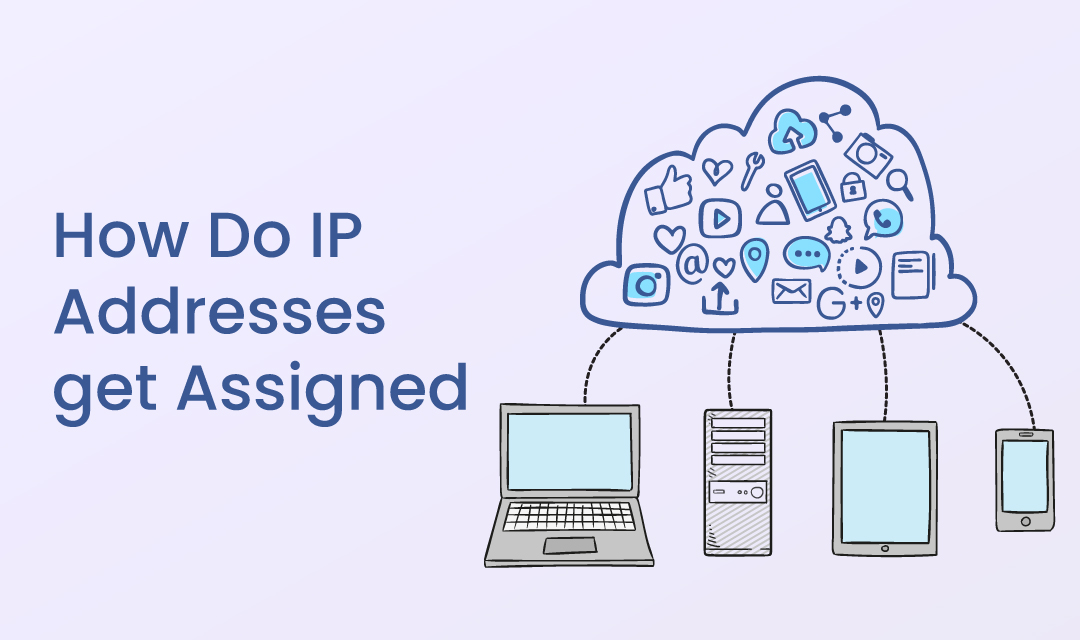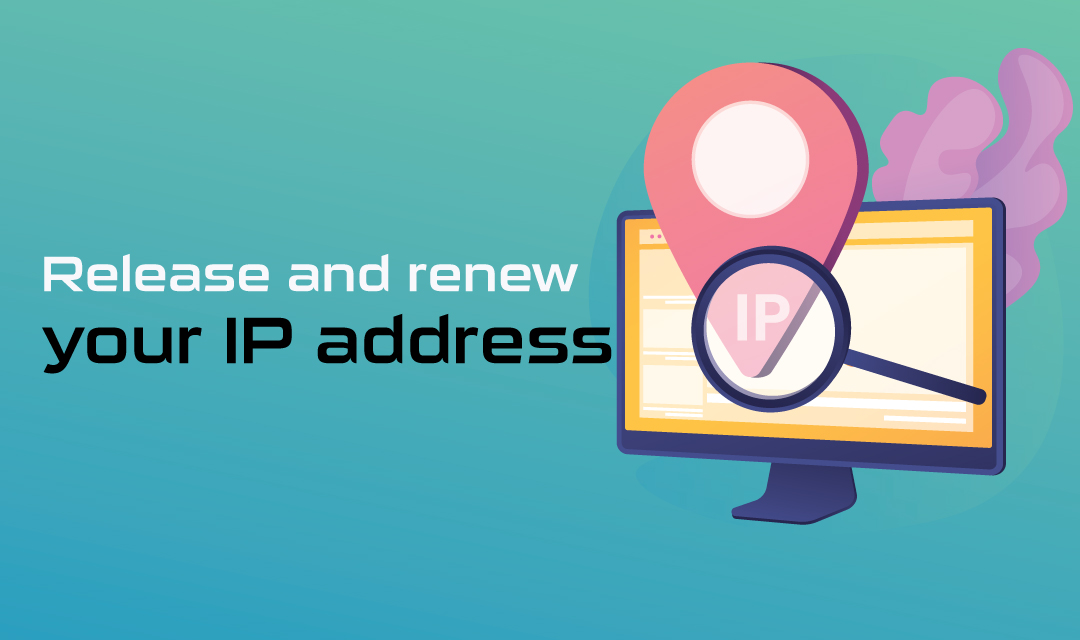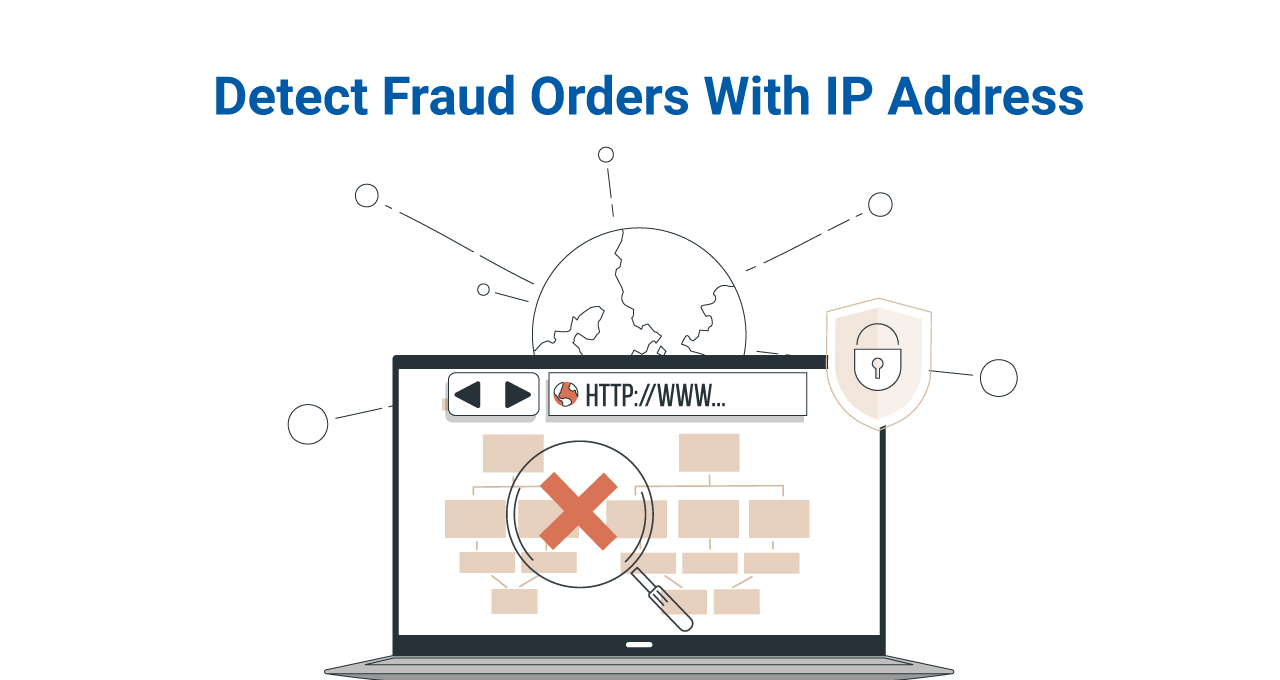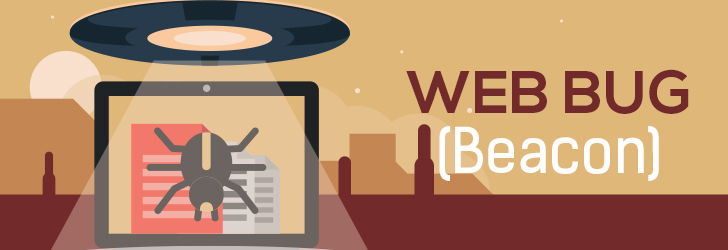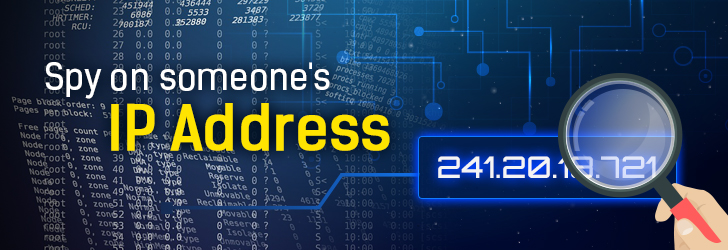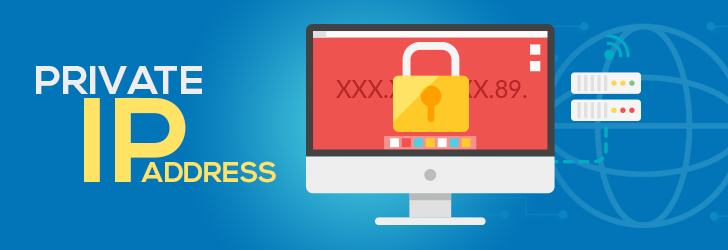
Before we can discuss CIDR (Classless Inter-Domain Routing), we need to understand what IP address is, how it is divided (subnetting), and what versions of IP addresses are available. Currently, there are IPv4 (version 4) and IPv6 (version 6) addresses. IPv4 was introduced in 1980, and it is a 32-bit number having a total of about 4.3 million addresses. With the prosperity of the Internet and smart devices joining the network, 4.3 million IP addresses weren't enough to connect all devices available worldwide, and hence 128-bit IPv6 address was invented in 1998. For each computer, smartphone, tablet, and IoT devices joining the Internet, the number of IP addresses available within IPv4 wasn't enough to connect all devices.

